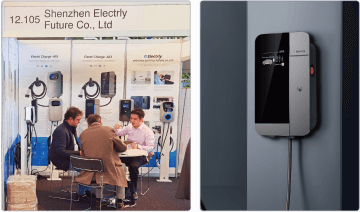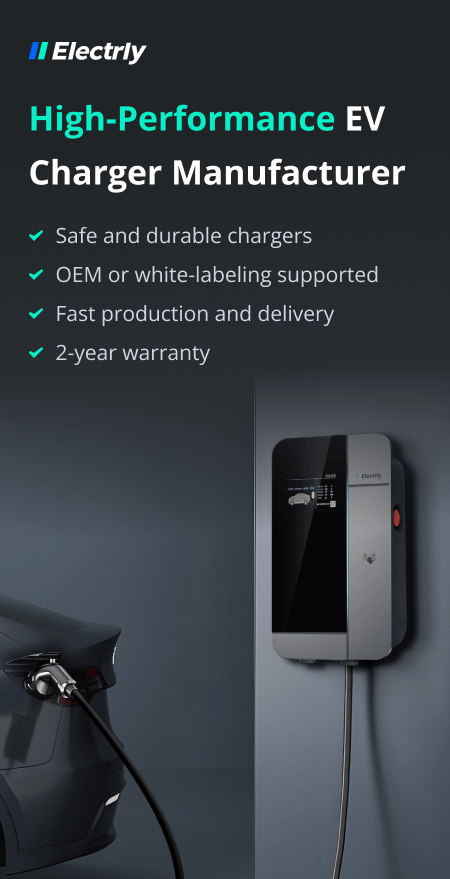While getting into the EV club might be exciting, considering every option on the ground before making your decision can be very rewarding.
Introduction
Solar panel disconnects are an essential part of any solar power system. They are designed to disconnect the electricity flow in an emergency or for maintenance purposes. This article will answer some frequently asked questions about solar panel disconnects, including their types, sizing, and maintenance requirements. We will also provide guidelines for safe disconnection procedures and explain the importance of having properly rated disconnects in your solar power system.
I. Step by Step to Disconnect Your Solar Panels
To ensure a safe disconnection of your solar panels, here’s a guide outlining the necessary steps.
Flip the Switch: Prioritizing safety, the first step is to turn off the circuit breakers. This includes the AC disconnect switch from the inverter to the main electrical panel and the DC disconnect switch from the PV array to the combiner box (if applicable) or inverter input.
Cover Up: Even if disconnecting during non-generating hours, it’s always wise to cover the panels with opaque cloth before removing them to avoid accidental solar generation.
Check Voltage: To prevent electrocution and fire hazards, use a multimeter or solar battery tester to measure the voltage at the solar panel or array and ensure they are close to 0V before disconnecting.
Unplug: Unplug each solar panel using the MC4 connector disconnection/connection tool. If you do not have the tool, you can use a socket wrench as an alternative.
Tape It Up: Whether transporting the panel or leaving it unplugged for a bit, cover the MC4 connectors with electrical tape to prevent any electrocution risks.
Remove Mounting Hardware: For stationary panels, remove the bolts, screws, and clamping nuts used for the mounting hardware to move the panel to a new location or replace a faulty one.
II. What is Rapid Shutdown System
Rapid Shutdown System (RSS) is a safety feature that allows for the rapid deactivation of a solar panel system in an emergency, such as a fire or natural disaster. The goal of an RSS is to quickly and safely shut down the flow of electricity from the solar panels to the inverter, thus reducing the risk of electrocution or fire.
An RSS typically includes a Rapid Shutdown Initiator (RSI) installed on the roof near the PV array and a Rapid Shutdown Controller (RSC) located in a nearby accessible location, such as inside the electrical panel. The RSI detects an emergency and sends a signal to the RSC to shut down the system. Once the system is shut down, it can only be reactivated by an electrician, ensuring the safety of first responders and repair personnel.
III. What’s the difference between Grid-tied And Off-grid?
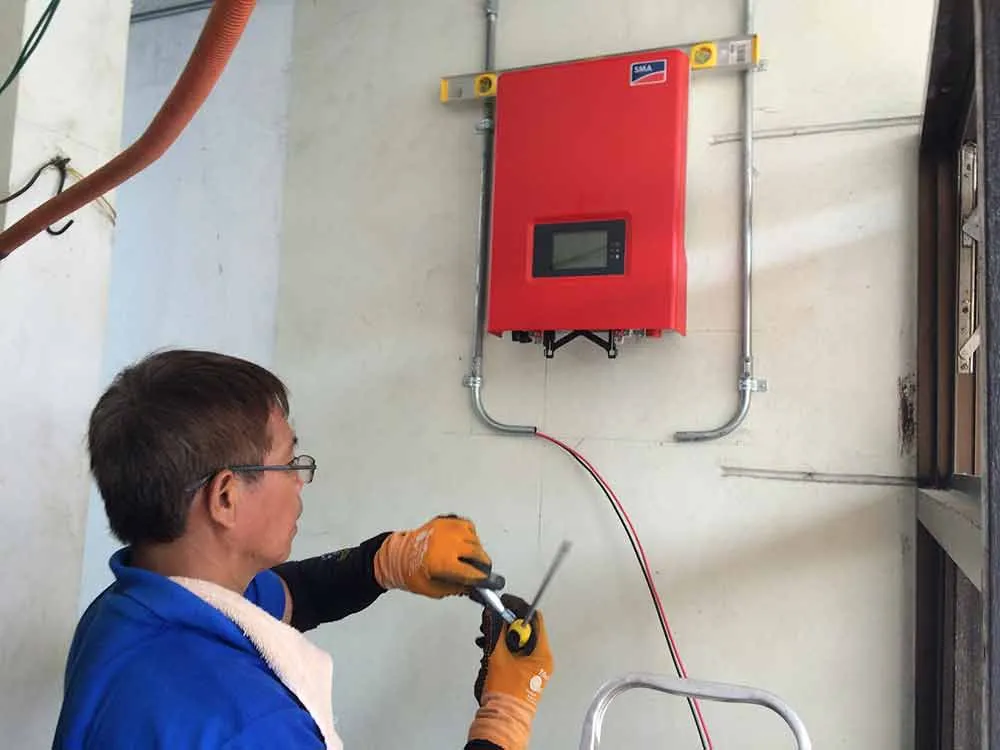
source: pxhere
When it comes to solar power, you have two main options: Grid-tied and Off-grid. The choice between these two setups depends on your specific needs and lifestyle.
Grid-tied, also known as “on-grid” or “utility-interactive” solar power systems, are connected to the electrical grid. This means that when your solar panels produce more energy than you need, the excess energy is sent back to the grid and credited to your account. On the other hand, when you need more energy than your solar panels can produce, you can simply draw it from the grid. Think of it as having a trusty utility belt full of extra energy.
Off-grid, also known as “standalone” or “non-grid-tied” solar power systems, are not connected to the electrical grid. Instead, these systems store the energy the solar panels produce in batteries for later use. This means that you’re in charge of your energy supply. But you’ll have to ensure you have enough battery power to last through the night or a storm.
IV. Do I need a disconnect for solar panels?
Here are 5 reasons why a solar panel disconnect is essential to a solar panel installation:
- Code Crusader: The National Electric Code along with building regulations requires a disconnection and even swift shut down capabilities for newer editions of these regulations.
- Firefighters: In case of a fire, the AC disconnects can prevent fire spreading along with protecting against electrocution for first responders.
- Weather Warriors: A reduction in the severity of adverse weather effects including storms and hurricanes is guaranteed with a solar panel disconnect
- Flood Fighters: Flooding can cause untold disaster but can worsen if power systems including solar systems are not switched off.
- Grid Guardians: It is indeed a best practice to apply solar panel disconnects during maintenance works on the grids by electricity distribution companies.
V. How do I safely disconnect my solar system?
To safely disconnect your solar system, you should follow these steps:
- Turn off all electrical loads connected to the system. This includes disconnecting any backup generators or battery inverters.
- Locate the disconnect switch for your solar system. It could be a handy disconnect box located near the solar array, a breaker within the main electrical panel, or even a switch incorporated within the inverter itself
- Turn off the disconnect switch by either flipping it to the “off” position or shutting off the breaker. This will disconnect the solar array from the electrical loads and the utility grid.
- Confirm that all voltage has been removed from the system by using a voltage meter such as MID meter.
VI. What Are AC and DC Disconnects?
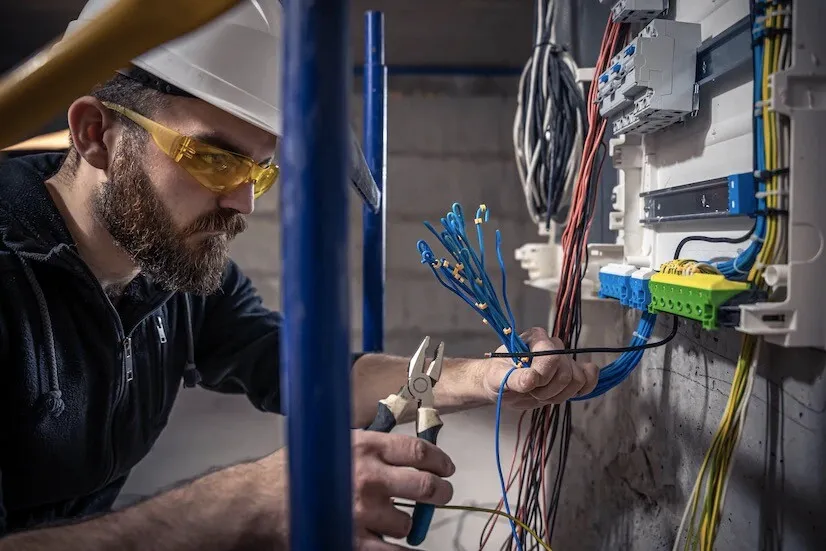
Both the AC and DC disconnects are important safety features in a solar power system, as they provide a way to quickly and easily disconnect the flow of electricity in case of emergency or maintenance. Without these disconnects, it could be dangerous or difficult to shut off power in an emergency situation.
AC disconnect serves as the gatekeeper between the alternating current flowing from the utility grid and the inverter. Placed strategically near the inverter, this switch or circuit breaker allows for seamless disconnection and reconnection of the system. It is used to disconnect the solar power system from the utility grid in an emergency or for maintenance purposes.
A DC disconnect, on the other hand, is used to disconnect the direct current (DC) flow from the solar panels to the inverter and charge controller. The DC disconnect is typically located near the solar array and is used to disconnect the solar panels from the rest of the system in the event of an emergency or for maintenance purposes.
VII. How to Size an AC or DC Disconnect?
Sizing an AC or DC disconnect depends on the size of the solar power system and the electrical loads it is connected to. In general, the disconnect size should be based on the maximum current rating of the inverter or solar array.
For an AC disconnect, the National Electric Code (NEC) requires it to be rated at least 125% of the inverter’s maximum output current. For example, if the inverter has a maximum output current of 100 amps, the AC disconnect should be rated for at least 125 amps.
The NEC requires that a DC disconnect be rated at least the same as the maximum output current of the solar array. For instance, a solar array with a maximum output current of 100 amps should have a DC solar panel disconnect rated for 100 amps.
VIII. Is It Necessary to Disconnect Solar Panels When Adding New Modules to The System?
Disconnecting the entire solar panel system when adding new modules is generally unnecessary. However, it is important to ensure that the new modules are connected in parallel with the existing ones and that the wiring is done correctly.
Before adding the new modules, it’s best practice to turn off the main DC disconnect and ensure that the system is fully de-energized to avoid any electrical hazards. It’s also important to follow the manufacturer’s instructions for adding new modules to the system and ensure that the new modules are compatible with the existing system.
When adding new solar modules to your existing system, it’s important to verify that the system’s capacity, voltage, and amperage rating can accommodate the new addition to ensure that the solar system can still function optimally after the addition of the new module.
VIIII. Is It Ok to Leave the Solar Panels on When Cleaning?
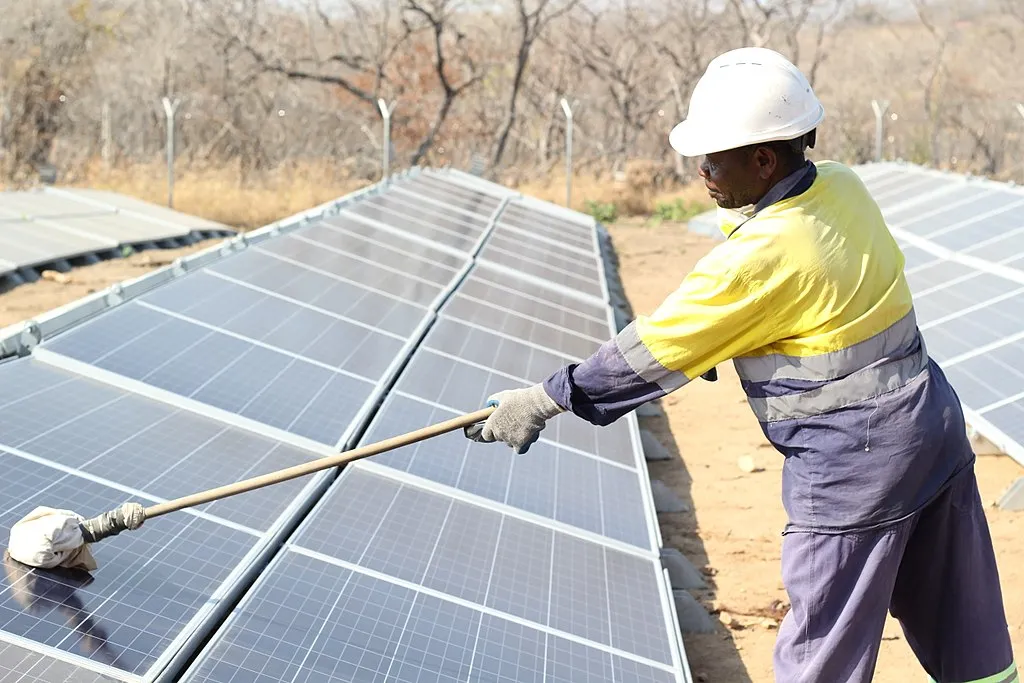
source: linkedinsource: upload.wikimedia
It’s best practice to turn off the main DC disconnect, disconnect the inverter, and shut off the grid-tie breaker (if connected) before cleaning the solar panels. This will ensure that no electricity is flowing through the system and that it is safe to clean. It’s also advisable to wait until a cloudy or overcast day to clean the solar panels, as the light on a sunny day can make it difficult to see any potential hazards.
Also, it’s important to use proper equipment and cleaning solutions that are safe for solar panels and do not cause any damage. If you’re unsure about your abilities, it is always a good idea to contact a professional to help you clean your solar panel system.
Conclusion
In conclusion, solar panel disconnects play a vital role in ensuring the safety of your solar power system and those who work on it. Properly sizing and maintaining these disconnects are crucial to your system’s overall operation and longevity. By following the guidelines and procedures outlined in this article, you can ensure that your solar power system is operating safely and efficiently. It’s also important to consult a licensed electrician if you have any questions or concerns about your solar panel system. Regularly inspecting and maintaining the disconnects will ensure a secure and reliable power supply and give peace of mind.
